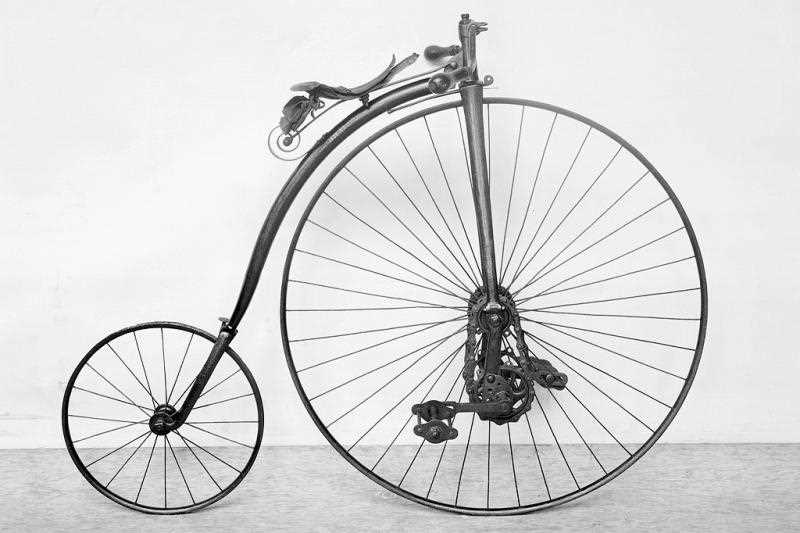
The 1920s was a pivotal decade in the pedal-powered transportation industry. As the popularity of cycling soared, vintage bike designs underwent a rapid transformation. The classic bicycles of the era featured a unique blend of historical charm and old-fashioned functionality.
With the advent of the 1920s, cycling became more than just a means of transportation. It became a symbol of freedom and independence. The bicycle, with its simple yet elegant design, allowed people to explore their surroundings and embark on new adventures. The retro appeal of these bikes has stood the test of time, making them highly sought after by collectors and enthusiasts alike.
One of the most iconic features of the bicycles from the 1920s was their attention to detail. From the intricately designed frames to the stylish handlebars, every aspect of these bikes was carefully crafted. The use of high-quality materials and craftsmanship ensured that these classic bicycles would withstand the test of time.
As the 1920s progressed, bicycle design continued to evolve. The introduction of new technologies and innovations led to the development of more efficient and comfortable bikes. The addition of gears and suspension systems made cycling a smoother and more enjoyable experience.
In conclusion, the bicycle designs of the 1920s were a testament to the ingenuity and creativity of the era. These vintage bikes continue to captivate the imagination of cycling enthusiasts today, serving as a reminder of the rich history and legacy of the pedal-powered transportation industry.
Contents
New Materials and Frame Designs
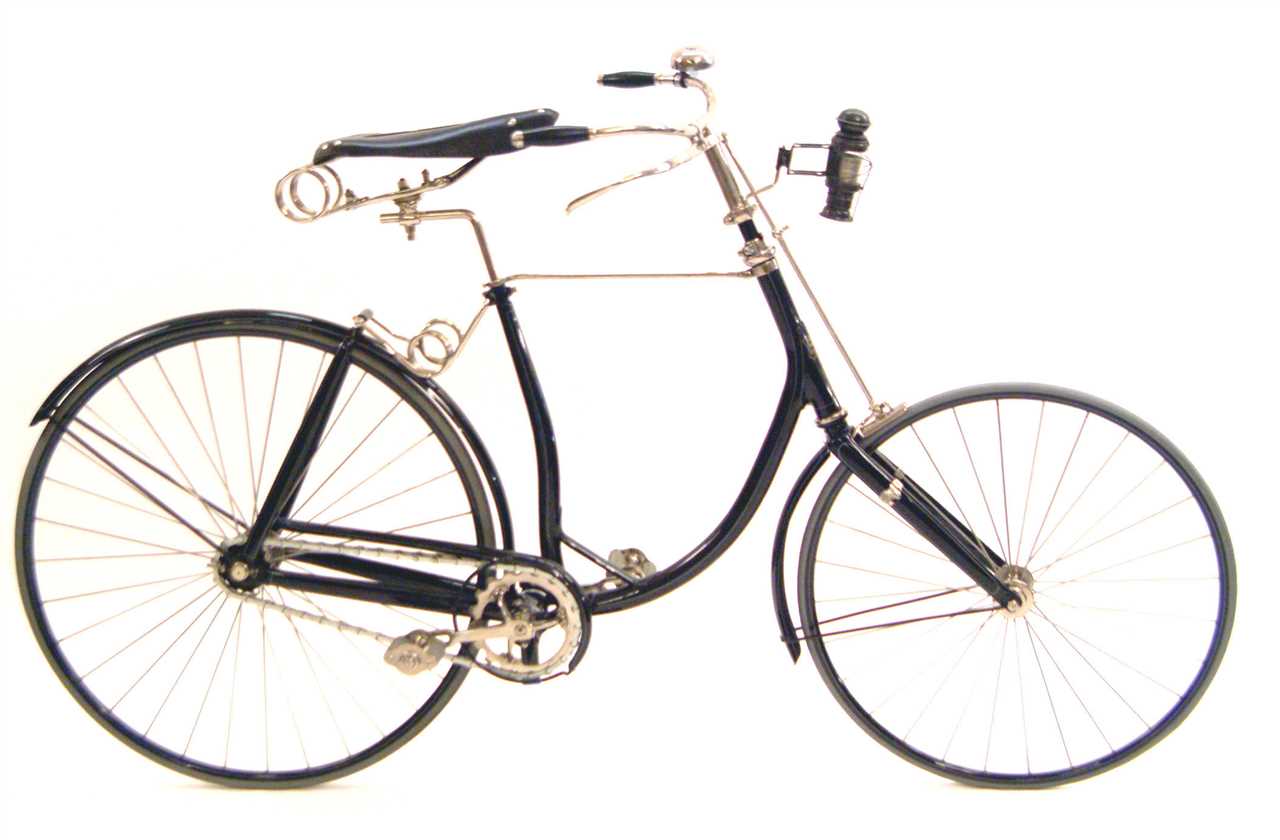
In the 1920s, the bicycle industry saw significant advancements in both materials and frame designs. Manufacturers began experimenting with new materials such as aluminum and steel alloys, which offered improved strength and durability compared to traditional materials like iron and wood.
These new materials allowed for the development of lighter and more streamlined frames, making bicycles more efficient and easier to handle. The introduction of aluminum frames, in particular, revolutionized the cycling industry, as they were not only lightweight but also resistant to rust and corrosion.
Frame designs also underwent significant changes during this period. One notable innovation was the introduction of the cantilever frame, which featured a curved top tube that extended from the head tube to the seat tube. This design provided increased stability and improved shock absorption, making it ideal for off-road cycling.
Another popular frame design during the 1920s was the step-through frame, which featured a low top tube that allowed riders to easily mount and dismount the bike. This design was especially popular among women, as it provided a more comfortable and convenient riding experience.
The combination of new materials and frame designs resulted in the production of a wide range of pedal bikes that catered to different cycling needs. Whether it was a retro-style bike for a leisurely ride around town or a high-performance racing bike for competitive cyclists, there was a bicycle to suit every individual’s preferences.
| Frame Design | Key Features |
|---|---|
| Cantilever | Curved top tube, increased stability, improved shock absorption |
| Step-through | Low top tube, easy mounting and dismounting |
Overall, the 1920s marked a significant period of innovation and progress in bicycle design. The introduction of new materials and frame designs paved the way for the development of the classic and vintage bikes that we still admire and ride today.
Streamlined Frame Shapes
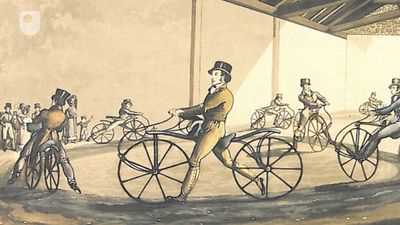
In the historical context of the 1920s, bike design underwent significant changes, with the introduction of streamlined frame shapes. These classic, old-fashioned bicycles featured frames that were specifically designed to reduce air resistance and improve speed.
The pedal-powered vehicles of this era were known for their retro and vintage aesthetic, often resembling antique bicycles. However, their streamlined frame shapes set them apart from their predecessors.
Streamlined frames had a sleek and aerodynamic design, with curved tubes and smooth lines. This innovative design allowed riders to cut through the air more efficiently, enabling them to reach higher speeds with less effort.
The introduction of streamlined frame shapes revolutionized the cycling industry in the 1920s, as manufacturers embraced this new design trend. These bikes became popular among both professional athletes and recreational riders, who appreciated their improved performance and stylish appearance.
Today, the influence of these vintage bicycles can still be seen in the design of modern road bikes. While the materials and technology have evolved, the concept of a streamlined frame shape remains a key element in contemporary bike design.
Advancements in Gearing Systems
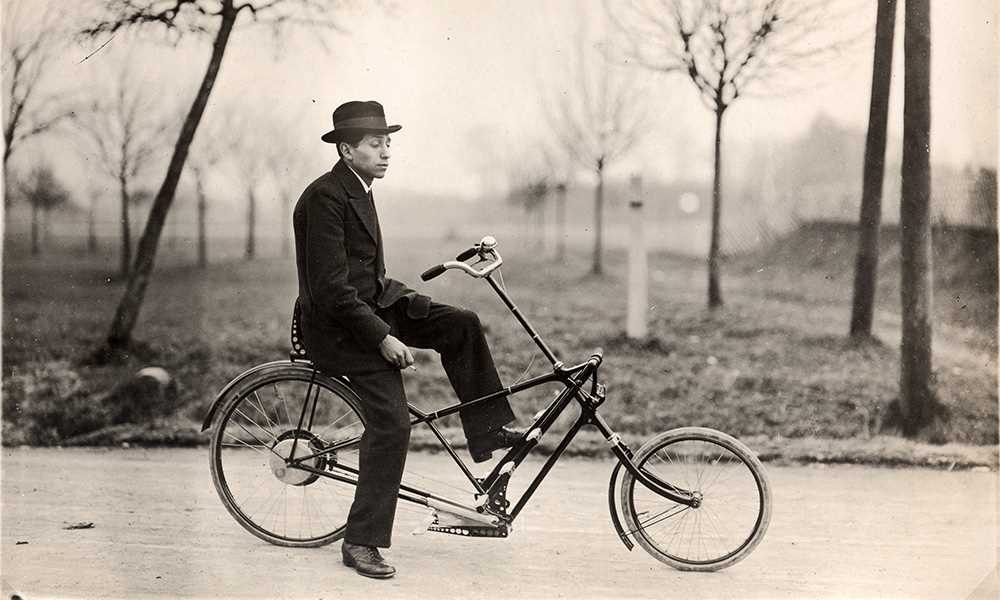
Retro and old-fashioned cycling enthusiasts will appreciate the advancements in gearing systems that emerged during the 1920s. These innovations transformed the way riders experienced the pedal-powered antique bikes of the time. The introduction of new gear ratios and mechanisms allowed riders to conquer different terrains with ease, making classic bicycles even more versatile and enjoyable to ride.
One of the key advancements was the development of the multiple-speed gear system. Vintage bikes were typically equipped with a single-speed setup, limiting their capabilities on hilly or challenging routes. However, the introduction of multi-speed systems provided riders with the ability to switch between different gear ratios, allowing for more efficient pedaling and improved speed control.
The most popular gearing system of the era was the Sturmey-Archer 3-speed hub. This innovative mechanism allowed riders to shift gears by simply twisting the handlebar-mounted shifter, providing a seamless transition between gears. This feature made the vintage bike riding experience more convenient and user-friendly, attracting a wider audience to the world of cycling.
Another notable advancement was the introduction of the derailleur system. While not as prevalent as the hub-based systems, derailleurs offered a wider range of gear options, allowing for even smoother gear changes. This mechanism involved moving the chain between different sprockets to achieve the desired gear ratio. Although more complex to operate, derailleurs became a favorite among competitive cyclists due to their ability to provide precise gear selection.
These advancements in gearing systems during the 1920s marked a significant milestone in the evolution of bicycle design. The introduction of multi-speed systems and the refinement of gear-shifting mechanisms transformed classic bicycles into more versatile and efficient machines. Today, vintage bike enthusiasts can still enjoy the benefits of these advancements, as retro-style bicycles with modernized gearing systems continue to gain popularity.
Development of Multiple Speeds
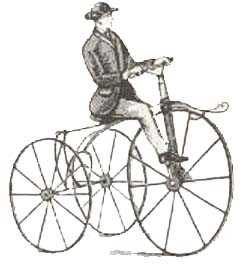
In the retro world of cycling, the 1920s marked a significant turning point in the development of bicycle design. As riders sought to conquer challenging terrains and achieve higher speeds, the need for multiple gears became apparent. This led to the introduction of the first multiple speed bicycles, which revolutionized the cycling experience.
The historical significance of these antique bikes cannot be overstated. The introduction of multiple speeds allowed riders to tackle hills and slopes with greater ease, making cycling a more accessible and enjoyable activity. The ability to switch between gears gave cyclists the power to adapt to various terrains and ride at their desired pace.
The vintage design of these old-fashioned bikes is a testament to the ingenuity of early bicycle engineers. Classic features such as a derailleur system and a chainring with multiple gears were incorporated into the design, providing cyclists with a greater range of options for their rides. This innovation paved the way for the modern bicycle with its sophisticated gear systems.
Multiple speed bikes quickly gained popularity among cycling enthusiasts, and manufacturers began producing them in larger quantities. The demand for these bikes grew as riders realized the advantages they offered in terms of speed, efficiency, and overall performance. The development of multiple speeds opened up a whole new world of possibilities for cyclists, allowing them to explore new routes and conquer new challenges.
Today, the legacy of these early multiple speed bicycles can still be seen in modern cycling. The advancements made in the 1920s set the stage for the continuous evolution of bicycle design, leading to the high-performance bikes we have today. Whether it’s a retro enthusiast or a modern cyclist, the influence of these vintage bikes is undeniable.
Video:The Revolutionary Changes in Bicycle Design during the 1920s: A Transformative Era for Cycling Technology
We Still Don’t Know How Bicycles Work

Since childhood, I’ve been fascinated with vintage scooters and motorcycles. After university, I founded a workshop that restored classics like Vespas, Lambrettas, and MZs. With my girlfriend, Akiko Tanaka, I run the workshop’s website and showcase our custom restorations at iconic rallies across Europe and North America. Our Lambretta won first place at the 2019 Euro Lambretta meet in Germany. Through our website and global events, we share our passion for restoring and riding these retro rides.
